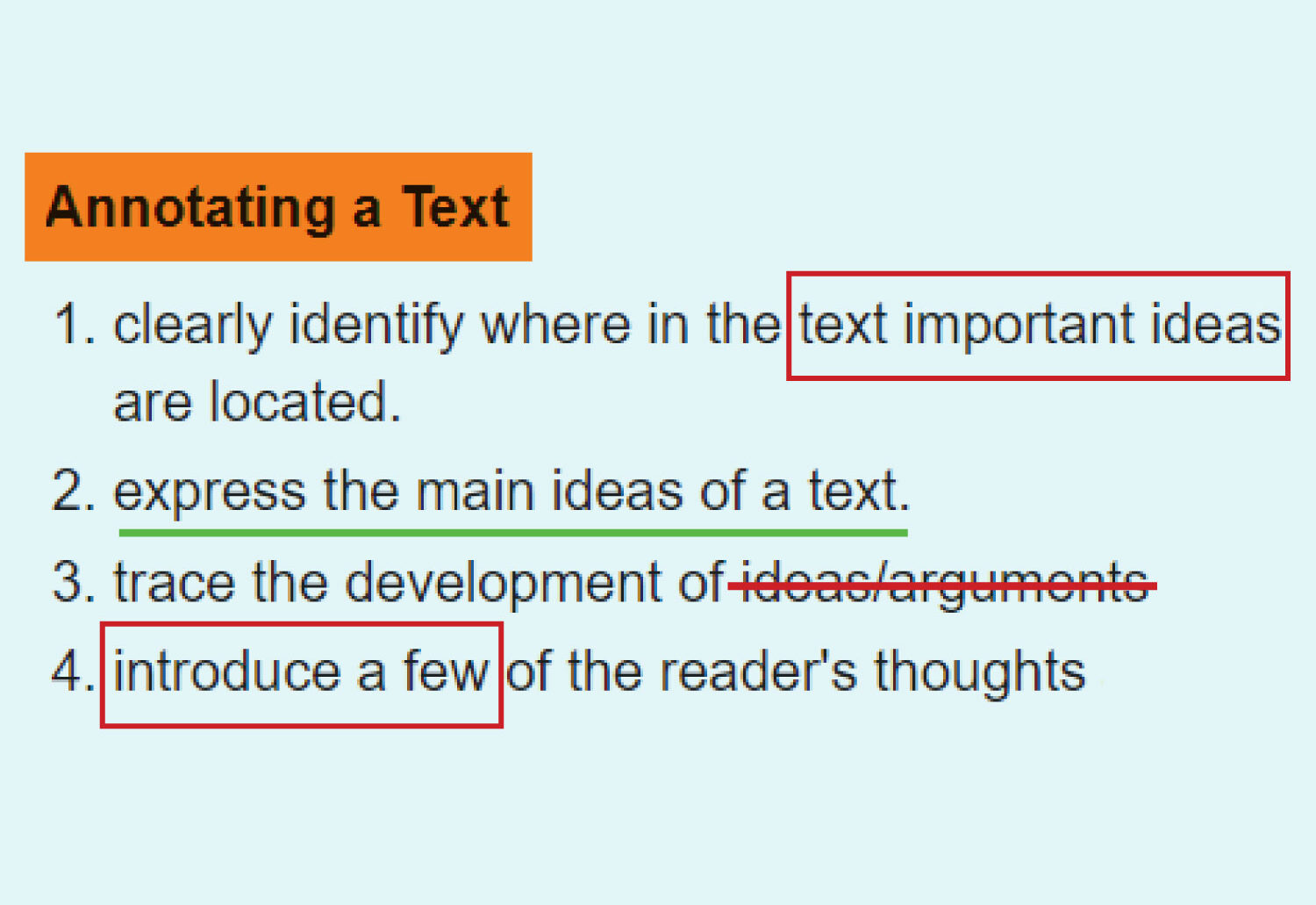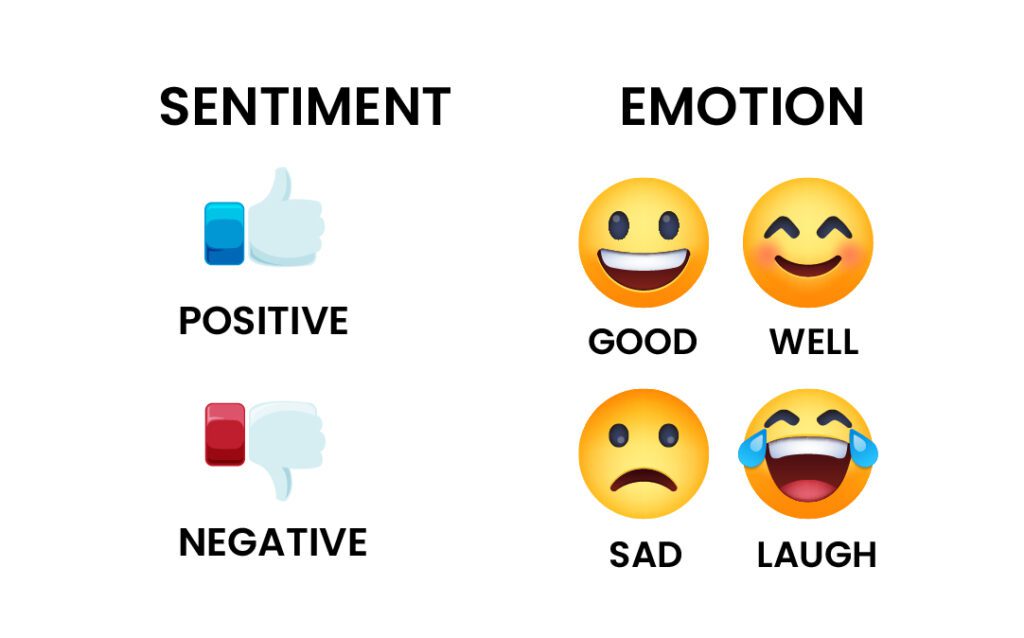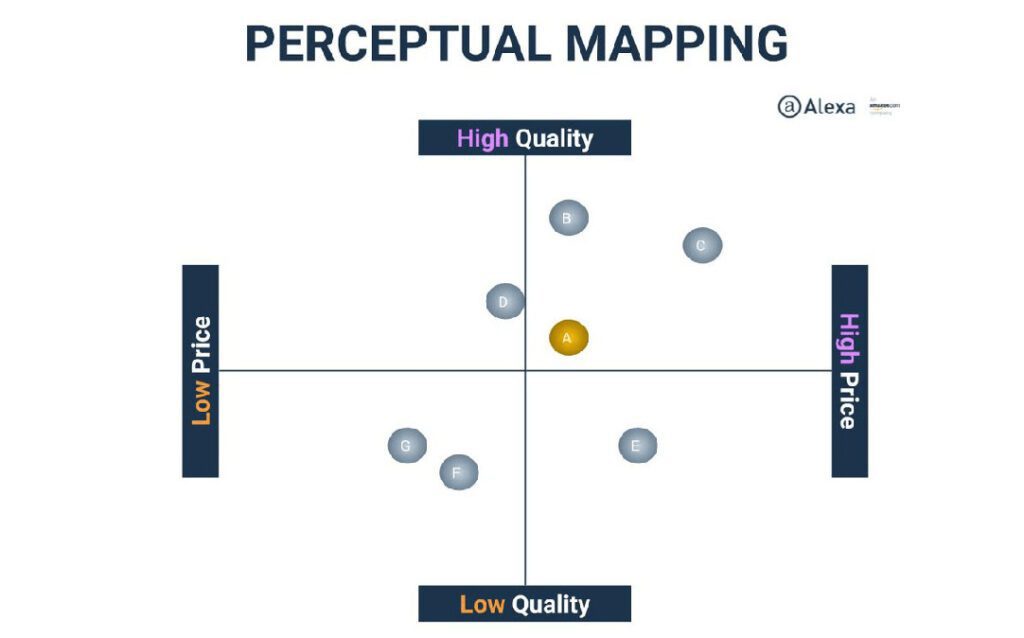Text Sentiment Analysis & Perceptual Mapping for Brands





What is brand sentiment analysis & customer perceptual map?
A customer sentiment analysis tool extracts a customer’s sentiment or feeling about the product or the brand in general. Social media sentiment analysis is used to analyze the nature of data (positive or negative) or the tone of the talk (happy, angry, or sad).
A marketing perceptual map is the graphical representation of a customer’s preferences about the product with or without reference to competitors.
Online retail brands and marketers extensively use text analysis such as sentiment analysis and perceptual mapping to understand their customers better.


Sentiment score using sentiment analysis algorithms for customer service, online reviews, news articles and product review

Perceptual mapping for online business and market research
Applications of text annotation tools are across industries
We carefully analyze your brands and products requirements to design and understand what your customers and competitors are doing
Our beliefs behind each annotations

Data Security & Privacy

Fast Delivery with High Accuracy

Cost Effective Pricing

Scalable Solution by Experts
- We are EU-GDPR compliant and SOC 2 Type 1 organization. Data security & privacy is non-negotiable for us
- Our scalable annotation solutions are driven by specialists with years of experience in AI & ML
- We deliver fast and achieve 95%+ accuracy in our annotations
- We aim to achieve highest client satisfaction while providing low cost annotation and fostering longterm relations
Moderating is the process by which moderators go through and ascertain that content, either by businesses or users, does not violate terms of use or platform guidelines. The process involves reviewing, screening, filtering, flagging, or removing content that violates a particular platform’s rules, terms, and engagement guidelines.
Sentiment analysis is used in several fields. Companies in brand management use it to help them understand how consumers feel about their brand. Governments also use it to know how the populace feels and thinks about policies implemented by the government. Social media platforms also use it to understand their users and the context of interactions concerning platform guidelines.
Sentiment analysis works by breaking down content into constituent words, phrases, and sentences to enable the natural language processing (NLP) algorithm to build a dictionary of words for each sentiment. Later, when subjected to the exact words, the NLP algorithm can relate them to particular sentiment. The bottleneck, however, remains in trying to understand human nuances that are not easy to encode.
Sentiment analysis is helpful in different contexts. It enables businesses, government, and social media platforms to track and analyze opinions, feeling, conceptions, viewpoints, and judgments, allowing them to make better decisions. Sentiment analysis provides a concrete mechanism to understand what to do, how to do it, and what to expect from the public, which is essential to success in the business world and government policies.
Analyzing customer feedback depends on the type of sentiment analysis to be conducted. Generally, customer feedback can be analyzed using four methods: fine-grained, intent-based, aspect-based, and emotion detection. Each technique is use case specific depending on the intended reason for conducting the analysis, and the results provide a different level of understanding of the customer feedback.
When interpreting the results of sentiment analysis, there are three typical outcomes to expect; positive, negative, and neutral. The target is usually to have a positive sentiment as the individuals are generally satisfied. Negative sentiment is detrimental, especially for brands, as it points to customer discontent. Neutral sentiment shows indecision, and the key for any party should be to tilt the neutral sentiment towards becoming a positive sentiment.
Sentiment measuring is done by assigning weight and score to words and then aggregating the score when used. When certain words are used together, their weight is used to compute the average score, which is then used to determine the overall positivity or negativity in the sentiment expressed.
There are numerous applications of sentiment analysis, but the most popular is a brand management and social media platform management. In brand management, companies seek to influence their customers to think positively about their brands. In social media management, sentiment analysis ensures that content is not against platform guidelines on content and engagement.
Brand sentiment is how a customer feels toward a brand on its mention. It can also refer to the underlying emotions expressed when a particular brand is mentioned. Brand sentiment expresses the net attitude towards a brand. It can either be positive, negative, or neutral. It is expressed in customer comments, reviews, or surveys.
Customer sentiment is the KPI used to measure or indicate how a customer feels towards a brand. It also refers to the overall emotions customers express or go through when engaging with a particular brand. In essence, customer sentiment is a gauge to determine your customer’s opinion towards the products or services offered by your company.
In the stock market, sentiment analysis determines whether a market is bullish or bearish. Stock investors analyze the sentiment of other traders in the market to determine whether stock prices will increase or decrease and to know when to buy or sell. The sentiment or mood of traders towards certain stocks can cause the share price to tumble or rise, influencing buy and sell decisions.
It is the process through which a consumer’s perception of a service, product, or brand is retrieved from social media platforms and interpreted to determine whether they are positive, neutral, or negative. It is also called opinion mining. All brand mentions, reviews, and comments are examined to understand the interaction’s emotions, feelings, or attitudes.











